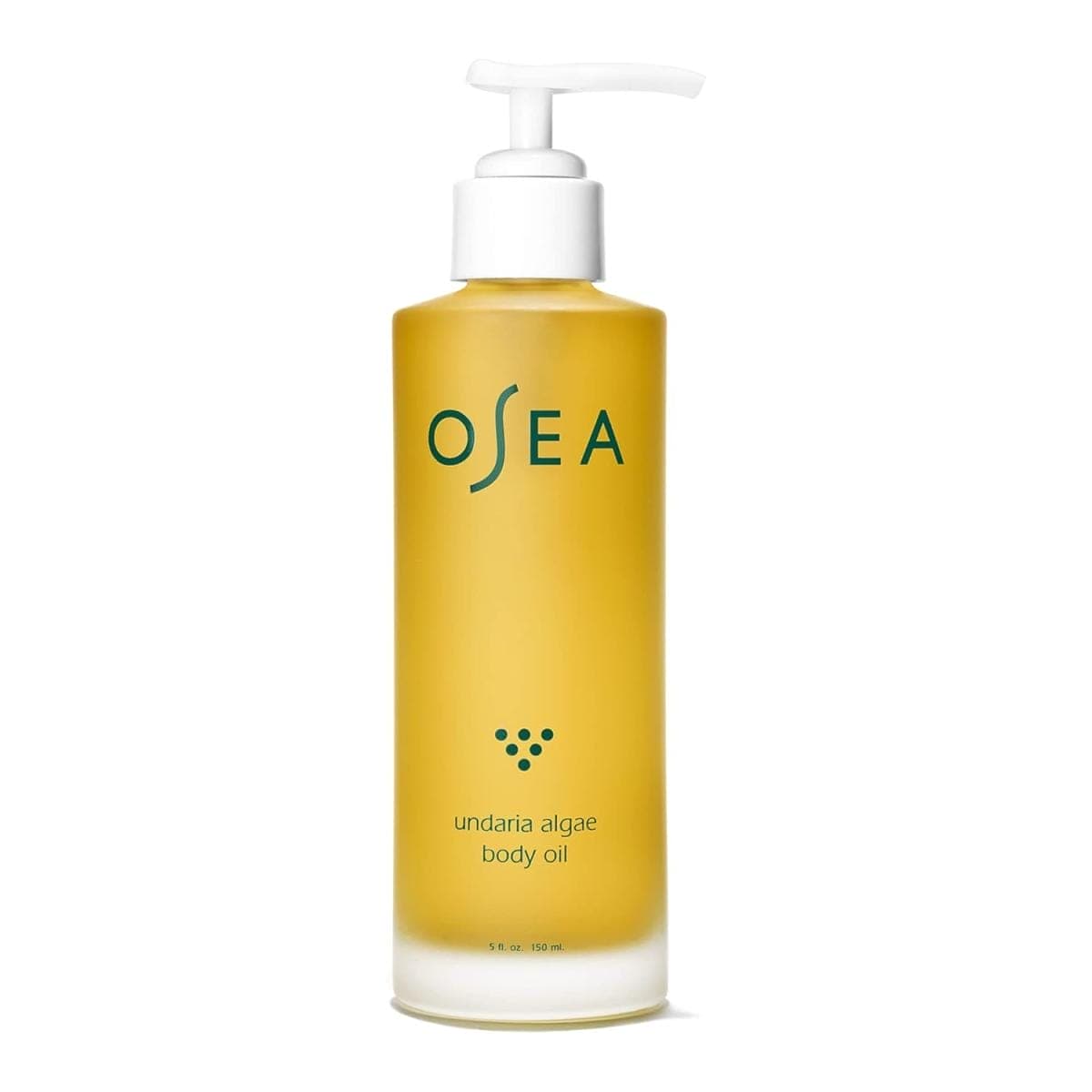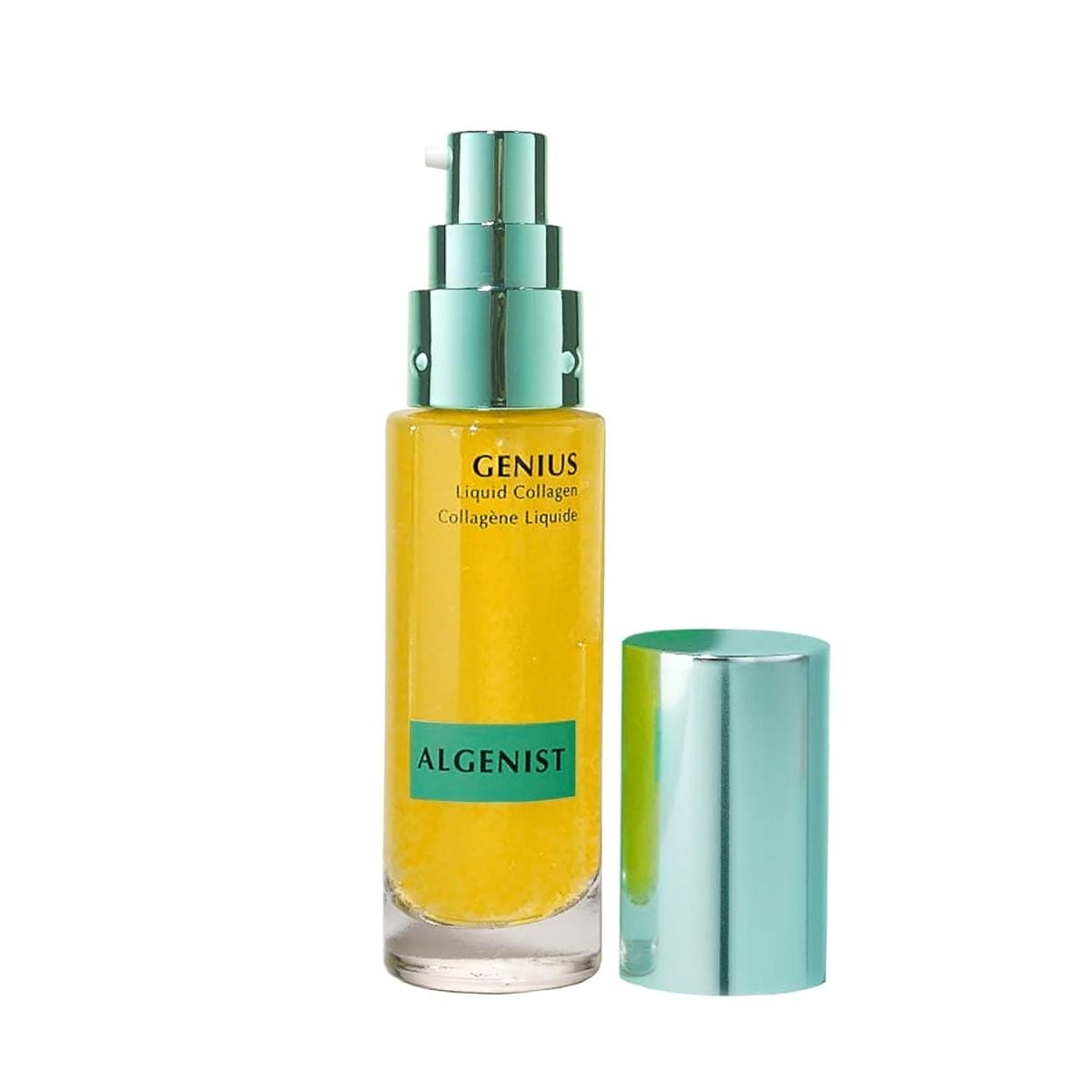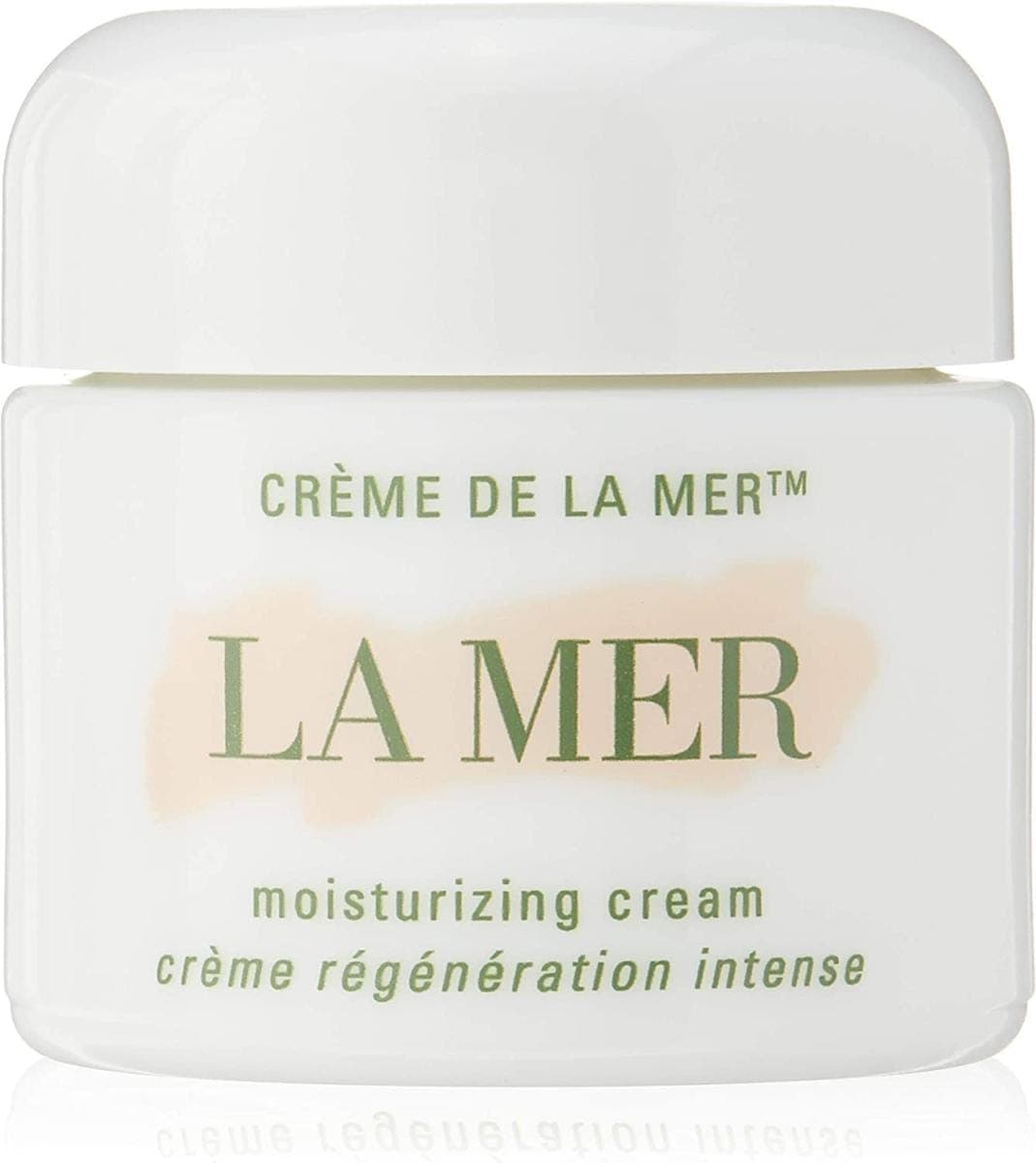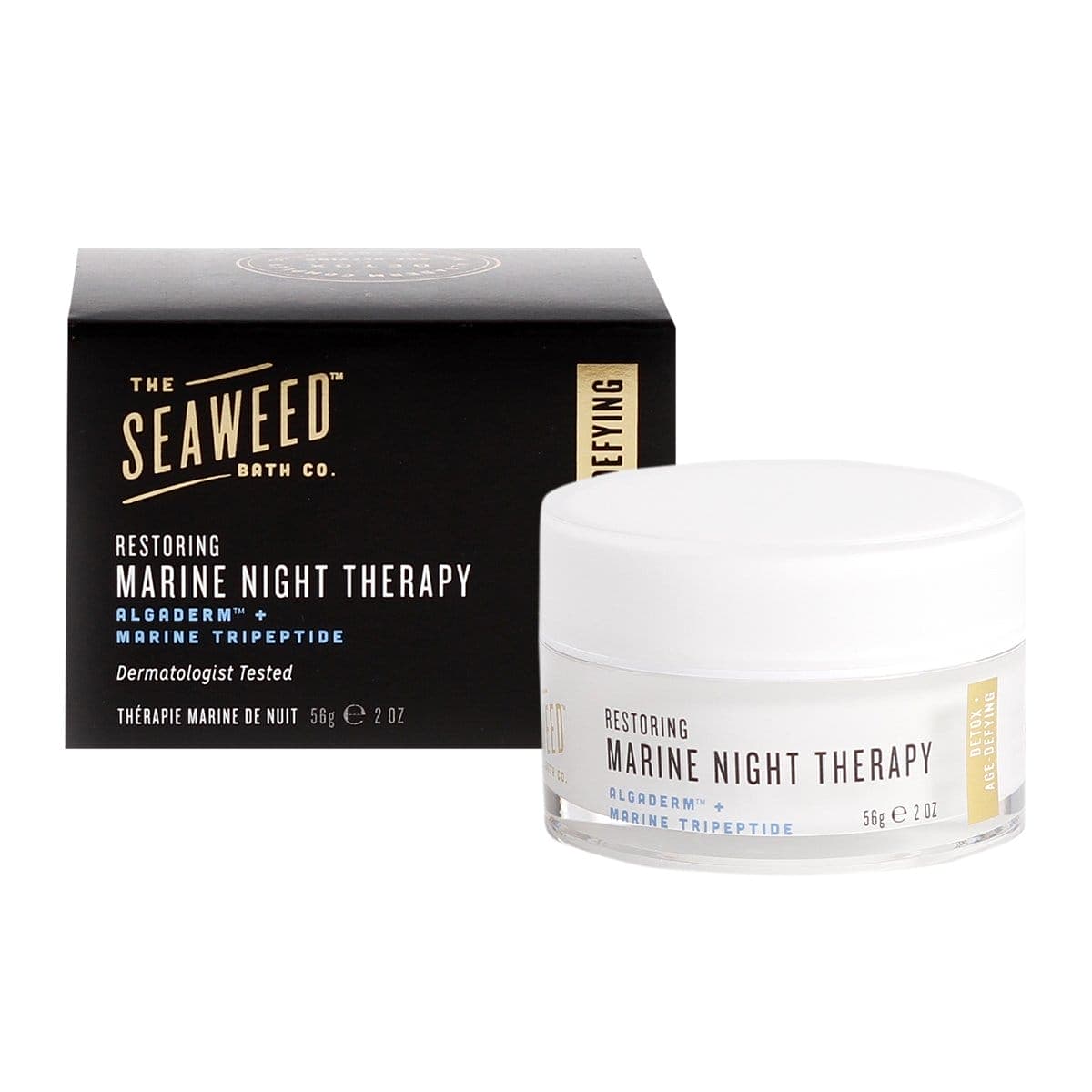If you click on links we provide, we may receive compensation.
The first time you glide a serum enriched with kelp or algae across your face, the texture may feel like any other lightweight hydrator. Give it a week. You will notice water loss slows, redness fades, and dullness retreats beneath a quiet, almost glassy radiance. Those shifts are not luck. They spring from a complex library of minerals, antioxidants, and polysaccharides that marine plants build to survive tides, UV glare, and predators. Skin co-opts the same molecules for resilience and glow. A single statistic underscores the new obsession: the global seaweed-extract market was worth $16.5 billion in 2023 and is forecast to hit $20.9 billion by 2029, outpacing many legacy botanical categories (globenewswire.com).
Walk any cosmetic R & D lab today and you will spot flasks tinted green, brown. Formulators call seaweed extracts “plug-and-play” actives because they address moisture, barrier strength, inflammation, and oxidative stress without heavy solvents or harsh preservatives. Dermatologists like the gentle, low-pH profile, while sustainability experts applaud how responsibly harvested algae can regenerate coastal habitats. The trend looks sharp on social media, yet it has roots deeper than Instagram: fishermen in Brittany slathered sea-lettuce poultices on windburn a century ago, and Japanese Ama divers have massaged wakame water into sun-ruffled cheeks for generations.
Even so, tradition alone never sways modern shoppers. They want peer-reviewed data and lab-verified benefits. Over the past decade, marine biologists and cosmetic chemists have published dozens of clinical and in-vitro studies that translate folklore into hard numbers. Those papers reveal why seaweed’s cell wall sugars trap water like a sponge, how phlorotannin phenols defuse UV-triggered radicals, and why fucoidan sulphates can quiet immune pathways that flare during eczema. Together, the evidence paints marine botanicals as full-spectrum multitaskers that earn shelf space beside retinoids and vitamin C.
A Tide of Tradition and Modern Validation
History holds countless beauty rituals, but few span as many coastlines as seaweed wraps. Coastal communities from Galway to Jeju have simmered brown fronds into baths to soothe sore joints and chapped skin. Scientists now probe those anecdotes with fluorescence microscopes. A 2024 review catalogued more than forty brown-algae species that exhibit measurable anti-inflammatory action (pmc.ncbi.nlm.nih.gov). Researchers attribute the calm to phloroglucinol groups that tamp down NF-κB and COX-2 signaling, the biochemical sparks behind swelling and heat. Skin, stripped of those sparks, can heal quietly.
Cultural legacy also embraces pigment control. Japanese formulators long prized the whitening effect of kombu masks. Lab assays confirm that certain kelp phenolics inhibit tyrosinase, the enzyme responsible for melanin overproduction. Early in-vivo work shows reductions in UV-induced hyperpigmentation comparable to arbutin creams. These data help bridge ancestral practice and evidence-based skincare, creating an unbroken narrative that feels authentic rather than opportunistic.
Dermatology has caught on. You will now spot “laminaria digitata” or “fucus vesiculosus” high in ingredient decks at clinics that once offered only hydroquinone or steroid ointments. Hospital pharmacists use alginate dressings – refined from brown algae – to promote moist wound healing, offering another proof point that marine polysaccharides speak the skin’s language.

A Nutrient Cocktail that Feeds Cells
Dip seaweed into a nutrient profile chart and you will find an alphabet soup. B-complex vitamins fuel cellular energy. Vitamin C encourages pro-collagen enzymes, while vitamin E partners with carotenoids to recycle spent antioxidants deep inside the lipid matrix. Trace elements round out the roster: magnesium steadies mitochondria, zinc assists DNA repair, and iodine helps preserve barrier proteins that rely on halogen bonding.
Unlike synthetic multivitamin blends, seaweed packages these micronutrients within polysaccharide scaffolds – think alginate, laminaran, and carrageenan. The sugars slow diffusion, releasing minerals gradually so skin never experiences the short but harsh concentration spikes common to some water-soluble actives. That slow drizzle translates to steadier barrier pH and less risk of transient irritation.
Amino acids add yet another layer of value. Algal proteins contain proline and lysine, both collagen co-factors, along with taurine, an osmolyte that buffers cells under dehydration stress. Together, they stage-manage keratinocyte differentiation, nudging the outermost layers to form tight, glossy sheets rather than flaking islands.
Hydration and Barrier Reinforcement
Most consumers meet seaweed via its exceptional water-binding gift. The same mucilage that keeps kelp supple at low tide moisturizes stratum corneum in dry central-heated bedrooms. Polysaccharides can bind five to ten times their weight in water, rivaling hyaluronic acid but with a filament structure that forms a light, breathable film on the skin surface. That film minimizes transepidermal water loss without clogging pores.
Clinical data back the anecdote. One double-blind trial applied a lotion rich in fucoidan (1 percent) to forearm skin. After three weeks, testers measured a significant drop in TEWL and a gain in capacitance compared with placebo (pubmed.ncbi.nlm.nih.gov). Participants also reported less tightness, underscoring that hydration is a sensory as well as instrumental metric.
Fucoidan does more than hold moisture; it reinforces barrier lipids by up regulating filaggrin and loricrin gene expression. Those proteins guide the assembly of cornified envelopes – the bricks in skin’s brick-and-mortar analogy. Strong bricks mean fewer micro-fissures through which irritants can invade. Consumers feel that strength as all-day comfort, especially in winter wind or post-retinoid sensitivity.
Antioxidant Shield from Urban Stressors
City life pelts skin with diesel exhaust, blue light, and late-night cortisol surges. Antioxidant serums can blunt the cascade, but many rely on ascorbic acid at low pH, which not every complexion tolerates. Phlorotannins, unique to brown algae, step in here. Their poly-phenolic rings scavenge both reactive oxygen species and reactive nitrogen species, the latter often missed by standard polyphenols.
Marine phenols also help protect against peroxynitrite, the oxidation offshoot that fragments collagen faster than basic ROS. In vitro tests revealed that dieckol, a six-ring phlorotannin from Ecklonia cava, increased UV-exposed fibroblast viability dose-dependently (sciencedirect.com). That resilience matters in daylight where UVA creeps through windows even on overcast days.
Consumers often judge antioxidants by how quickly redness subsides after sun or wind. Brown-algae serums deliver because they pair direct free-radical quenching with COX-2 suppression. The first action prevents tissue injury, the second calms inflammatory sequelae. The duo offers both immediate visual relief and long-term anti-aging support.
Soothing Power for Irritated Skin
Eczema, rosacea, and allergic dermatitis involve barrier disruption and immune hyperreactivity. Traditional anti-inflammatories can thin skin over time. Enter low-molecular-weight fucoidan. A growing body of work links these sulphated sugars to restored filaggrin levels and reduced mast-cell activation. A 2023 marine-drug review described multiple seaweed fractions that decreased epidermal thickness and itch in atopic models without evident toxicity (mdpi.com).
Patients feel the effects quickly because fucoidan also interferes with the TLR2-NF-κB axis, the molecular megaphone behind cytokine storms that manifest as flushing or burning. That immunomodulation is gentle; it nudges rather than silences, letting skin retain defensive vigilance against pathogens.
Low pH and minimal fragrance further make algae extracts ideal for sensitive profiles. Many suppliers standardize odorless water-glycerin matrices that blend seamlessly into creams scented only by other actives, a boon for clients avoiding essential oils.

Brightening the Complexion Naturally
Hyperpigmentation frustrates people with post-acne marks or photodamage. Conventional brighteners like hydroquinone work yet carry sensitivity risk. Algal extracts approach melanin in two ways: they slow tyrosinase activity and they curb endothelin-1, a melanocyte-stimulating peptide released after UV stress. That dual route yields steadier tone shifts without the rebound darkening that can follow aggressive lighteners.
Preclinical trials comparing seaweed phenolics to kojic acid show comparable inhibition percentages at one-tenth the concentration. Cosmetic chemists piggyback on that potency to formulate milder brightening essences suitable for year-round use, eliminating the need for seasonal “bleaching cycles.” Evenness builds gradually, aligns with natural cell turnover, and avoids the paper-white look some fade creams produce.
Invisible Support against Sun Damage
No single extract replaces sunscreen, yet algae compounds bolster photoprotection. Phlorotannins absorb UVB peaks around 265 nm and UVA tails near 315 nm (pmc.ncbi.nlm.nih.gov). They act as biological sunglasses layered under mineral screens, mopping stray photons that slip past zinc oxide.
Fucoxanthin, the rust-orange pigment that warms wakame fronds, dissipates energy through a process called non-photochemical quenching. When embedded in a gel cream, it does the same inside the stratum corneum, converting rogue UV energy into harmless heat before DNA strands notice. That synergy lets chemists reduce sunscreen filter loadings slightly, improving sensory feel without sacrificing defense.
Early in-vivo imaging suggests regular seaweed-serum users show lower levels of CPDs – cyclobutane pyrimidine dimers – after controlled UV exposure. While not a license to skip SPF, the added insurance matters for commuters who forget a midday re-application.
Sustainability: Beauty without Burden
Beauty shoppers now judge actives by planetary as well as epidermal impact. Seaweed scores high. It grows fast, needs no land, and sequesters carbon at rates rivaling mangroves. Responsible harvest protocols clip fronds above holdfasts, allowing regrowth within weeks. Some farms even cultivate release-lines where spores attach to ropes, drift in nutrient-rich swells, and mature without fertilizers.
Waste also shrinks. After polysaccharide extraction, leftover biomass becomes bio-fertilizer or animal feed, closing the loop. That circularity appeals to brands seeking carbon-neutral badges and resonates with consumers wary of over-harvested terrestrials like sandalwood.
Community impact adds another dimension. Coastal cooperatives in Indonesia and Tanzania rely on seaweed culture for income independent of volatile fishing yields. When you buy a laminaria toner, you support those shoreline economies. The story is not mere marketing; it embeds ethics into the vanity ritual.
How to Pick a Potent Marine Formula
The rise of marine actives spawns knockoffs. Smart shoppers scan INCI lists for the species name and extraction method. Water-glycerin or propanediol extractions often retain more fucoidan than hot-water isolates. Concentration counts too. Look for at least 1 percent algae filtrate or a standardized fucoidan content above 85 milligrams per gram.
Packaging matters because polysaccharides degrade in high light and heat. Dark glass dropper bottles or airless pumps shield delicate phenolics. Preservatives should be mild: potassium sorbate, sodium benzoate, or ferment-derived lactobacillus ferment, all of which play nicely with seaweed’s natural pH.
Match extract type to need. Red algae carrageenans excel at water retention for dehydrated skin. Brown-algae phlorotannins suit urban anti-aging regimens. Green-algae chlorophyllins brighten and fight free radicals but may stain linens, so night use works best.
Questions Readers Ask
Why does my seaweed serum sometimes smell like the ocean even when labeled fragrance-free? Trace volatile compounds such as dimethyl sulfide linger after extraction, and while filtration removes most, a faint marine note can survive. The odor usually fades within seconds of application and signals minimal interference from masking fragrance, a win for reactive skin.
Can people allergic to shellfish react to seaweed skincare? A shellfish allergy typically targets tropomyosin proteins absent in algae, so cross-reactivity is unlikely. Still, patch-test any new formula for forty-eight hours along the jawline to rule out individual sensitivities unrelated to tropomyosin.
How long before I see benefits? Hydration gains appear within days because polysaccharides start binding water at first contact. Tone evenness and wrinkle reduction need one to two skin-renewal cycles – roughly six to eight weeks – because they rely on pigment redistribution and collagen reorganization.
Does harvesting algae harm marine ecosystems? Large-scale dredging would, but reputable suppliers follow rotational clipping that leaves the holdfast intact. Certification bodies now audit farms for biodiversity impact, giving shoppers traceable assurance of sustainable practice.
Shoreline Takeaway
The ocean hides many mysteries, but the case for seaweed in skincare now sits in plain sight: a multidisciplinary stack of chemistry, clinical evidence, and real-world testimonials. Marine extracts hydrate like hyaluronic acid, shield like vitamin C, soothe like centella, and brighten with gentleness that puts many acids to shame. They achieve this while supporting coastal economies and drawing down atmospheric carbon. For a routine that respects biology and ecology alike, reaching for a sea-infused bottle feels less like a trend and more like smart, grounded care.
Popluar Seaweed Items

OSEA’s Undaria Algae Body Oil brings a silky finish and firming feel thanks to hand-harvested seaweed steeped in botanical oils. You can find it here: https://amzn.to/4jZba4h

Algenist GENIUS Liquid Collagen is powered by alguronic acid from microalgae, giving skin a bouncy, hydrated look in just ten days. The serum is available at: https://amzn.to/3Zlk5Fy

The Seaweed Bath Co. Hydrate Body Wash pairs Maine-harvested bladderwrack with kukui oil to cleanse without stripping. Pick it up here: https://amzn.to/4dPGDUS

Biossance Squalane + Marine Algae Eye Cream uses red-algae peptides to smooth fine lines while squalane seals moisture. The jar lives at: https://amzn.to/4kTV9gD

Mario Badescu Seaweed Night Cream blends bladderwrack, collagen, and hyaluronic acid for lightweight overnight nourishment. Check it here: https://amzn.to/43XpQL9

Crème de La Mer, famous for its “Miracle Broth” fermented from giant-sea-kelp, remains a luxe choice for barrier repair. See the 2-oz size at: https://amzn.to/4jHM0Xs

For a richer bedtime treatment, The Seaweed Bath Co.’s Detox & Age-Defying Restoring Marine Night Therapy layers sustainably harvested seaweed with antioxidants: https://amzn.to/4jEsuek

Facetory’s “Sea the Radiance” sheet mask floods skin with kelp extract for a quick moisture surge and gentle detox. It’s sold at: https://amzn.to/45KDWSn

Sandawha Vegan Seaweed Mud Mask marries Jeju-grown seaweed with kaolin to refine pores without over-drying. Grab a jar here: https://amzn.to/3SJ4Ked




